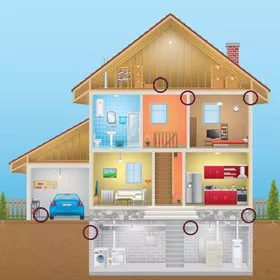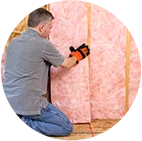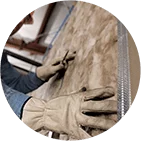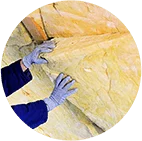Cellulose insulation is great for any home and is installed in many here in Southern California. It’s also the most environmentally friendly type of insulation. Many people don’t know much about insulation and may have false information about cellulose, which tends to give them doubts about installing it.
We are here to talk about different cellulose facts and myths. The following statements are false:
Because cellulose is made of paper, it is more vulnerable to humidity and mold.
This isn’t true. Cellulose insulation is no more susceptible to mold and moisture issues than any other insulation material. In fact, there have been published studies that indicate cellulose has the ability to handle moisture.
Because cellulose is made of paper, it is more flammable.
Cellulose insulation is treated with fire retardants to meet all federal, state and local fire safety requirements—it has a Class 1 Fire rating.
Cellulose settles and loses its original R-value.
Yes, cellulose settles, but all loose-fill insulation settles over time. When installed properly, cellulose won’t settle below the intended R-value.
Cellulose doesn’t air seal and insulate at the same time the way other insulation materials do.
Foam insulation can do this, but cellulose and other types of insulation not only offer many other advantages over foam, but can help reduce air leaks—especially cellulose, due to the way its fibers are packed closely together. Also, keep in mind that air sealing should go hand-in-hand with every insulation job. Air leaks undermine the performance of insulation, so insulation can’t do much for a home that has a lot of air leaks.
Cellulose is expensive.
While cellulose insulation can be more expensive than fiberglass batts because of higher installation costs, the difference is made up in the energy savings you get with cellulose. Blown-in cellulose and blown-in fiberglass are comparably priced, and cellulose is less expensive than foam.
Cellulose causes deforestation because it uses wood from trees.
Cellulose is made mostly from recycled content, not material from freshly cut trees. Cellulose actually consists of up to 80 percent recycled material.
Beware Exaggerated Claims of Energy Savings
Also, be aware of any insulation company who makes exaggerated claims of energy savings. Don’t get us wrong—you can expect to see energy savings when installing cellulose and other types of insulation, but be wary of professionals who make exact saving predictions. In reality, exact predictions are hard to make because energy consumption is dependent on a lot of different factors!
If you want to learn more about cellulose or need to install insulation in your Southern CA home, contact OJ Insulation today!









